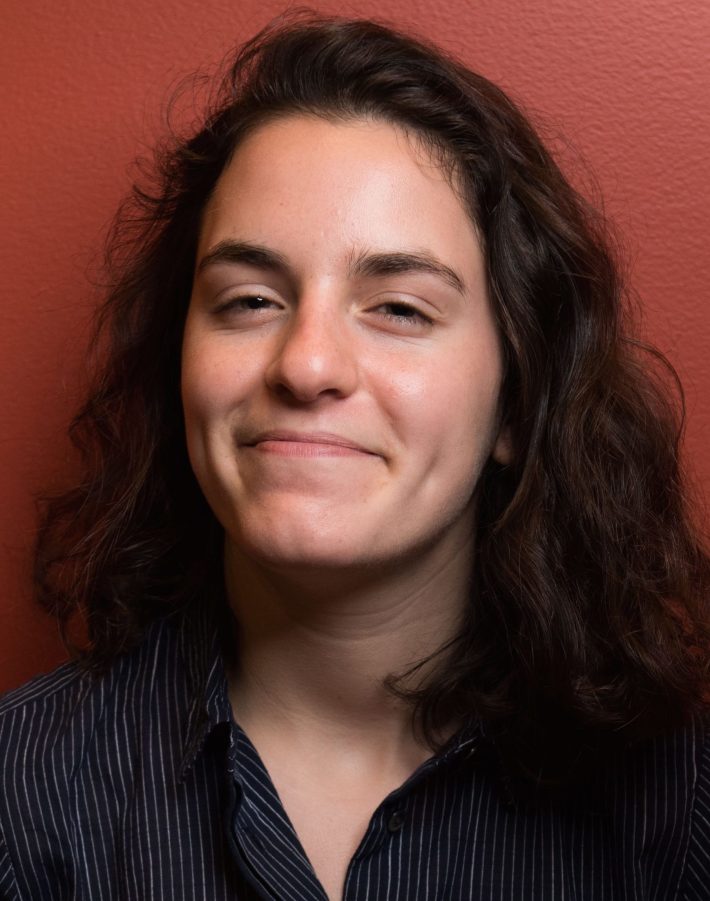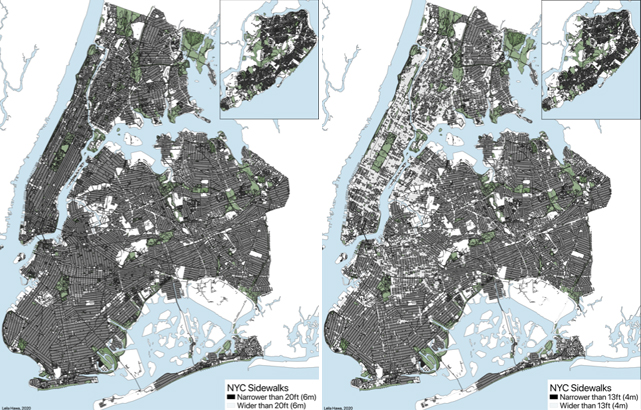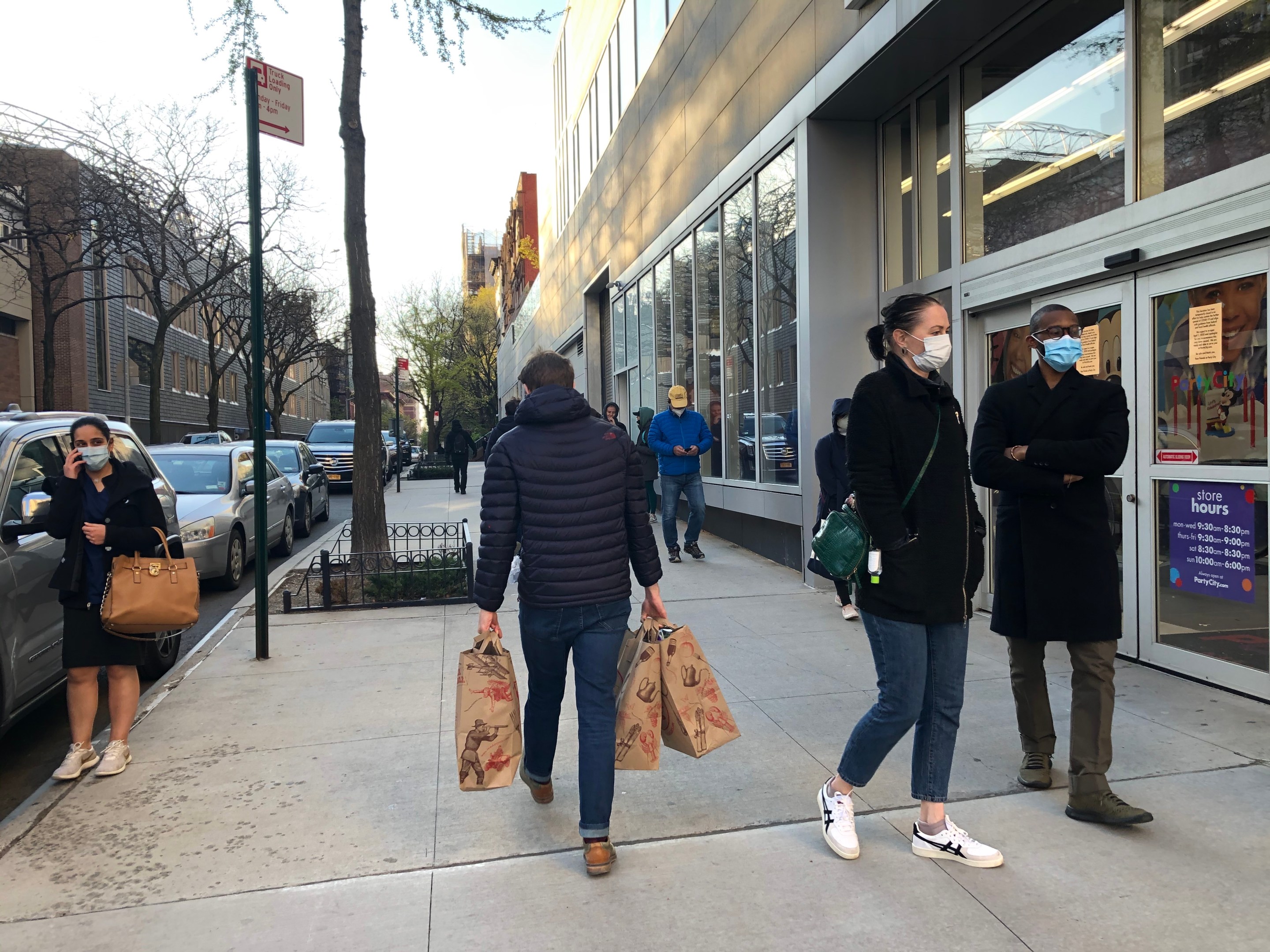
Walking in New York City can be a precarious endeavor at the best of times — dodging pigeons, trees, dogs, people and uneven pavement. Now, walking outside anywhere is even more bizarre, with the sudden need to stay far away from everyone else. It reminds me of a frantic, dystopian version of the “everything except the sidewalk cracks are lava!” game that my sister and I used to play growing up in New York.
That’s why the city must pass the bill that will be introduced this week to open a targeted 75 miles of its streets.
The COVID-19 pandemic has changed the way we travel in cities. In New York, subway service has dwindled as those who can avoid transit and many workers have fallen sick. There are so few cars on the streets that my healthcare professional mother’s commute from the Upper East Side to Lower Manhattan only takes nine minutes on a new hospital shuttle, along a route that otherwise would have taken a minimum of 20 minutes.
But as car and transit use go down, biking and walking is surging, partially in response to city recommendations to bicycle whenever possible. In early March, Citi Bike ridership was two-thirds higher than it was a year ago. New York sidewalks, usually crowded, have evolved into a uniquely quarantine-era challenge to stay six feet away from fellow pedestrians.
Anecdotally, we know our friends and family are forced to walk in the street, choosing between the risk of COVID-19 exposure and the risk of getting hit by a car. As an engineer and a mapmaker, I wanted to see if this is physically possible in New York. So I looked up a map of sidewalks on the city's open-data platform and imported the map to QGIS. Then I converted the layer from a geographic coordinate system into a projected coordinate system to calculate the geometry of the nearly 50,000 sidewalks in linear units.
QGIS can generate the area and perimeter of polygon features, and I used a mix of algebra with the quadratic formula to estimate the width of each sidewalk — and discovered that it’s not physically possible to social distance.

Early during my lockdown at school in Montreal, I guessed that observing the 6-foot rule would require at least a 13-foot-wide sidewalk. But, using my phone’s built-in measuring app, I learned that a 13-foot sidewalk is actually a lot narrower than you’d think. Many streets have trees, so there goes half of the sidewalk width — not to mention when it’s garbage day, or when there are more than just two people walking on the same portion of sidewalk, or if someone has a stroller or a wheelchair.
All of a sudden, a 13-foot curb-to-building line sidewalk ends up being closer to six feet of comfortable walking space — just enough for passing if one person hugs the wall and the other the street/curb/tree. Given that most sidewalks in New York City are fewer than 13 feet wide, the city is failing its people by not providing enough space for them to stay six feet apart, all the while recommending that New Yorkers practice social distancing.
The city knows that sidewalk space is a problem; it launched a short-lived program that limited a citywide total of 1.5 miles of roadways to cyclists and pedestrians in March, but quickly gave up, saying it was too hard. We’re all doing hard things.
The city owes it to all of us — the healthcare frontliners like my Mom, grocery-store employees, delivery people, and everyone in between — to open its streets so that people can walk, run, bike, and get around safely. Getting where you need to go safely is a human right, and so is staying healthy. One shouldn't be forced into the middle of the road to stay safe from a virus — and end up in a place where you can't stay safe from all the speeding drivers!
Other American cities, including San Francisco, Louisville and Minneapolis, have demonstrated that open streets are possible and can take different forms. Those cities’ experiments make these hard times calmer, and make the social-distancing rules easier to follow.
New York City has achieved so much, from the rapid creation of COVID-19 field hospitals to the 14th Street Busway. With the political will and some clever planning, it can give its people more space to stay healthy, too. Imagine walking down the sidewalk, a little more relaxed and a little more at ease. The sidewalks don’t need to be lava.
New York native Leila Hawa (@LeilaHawa1) is pursuing a master’s of engineering in transport planning at McGill University.






